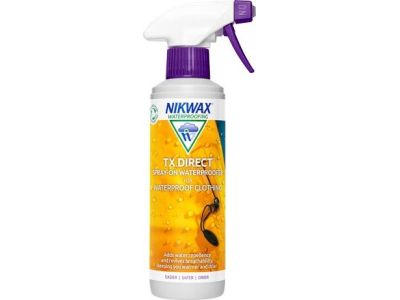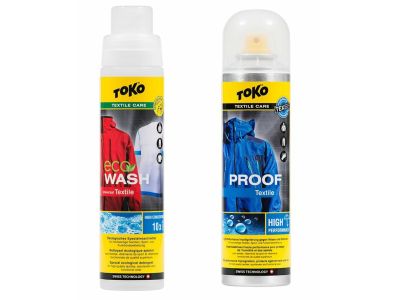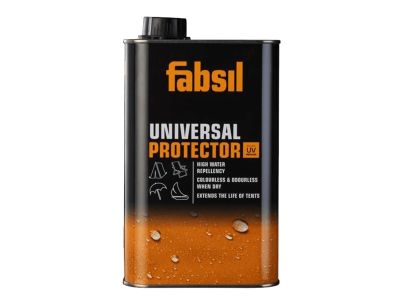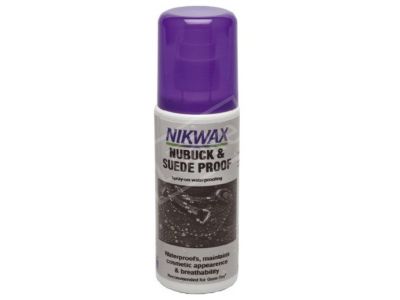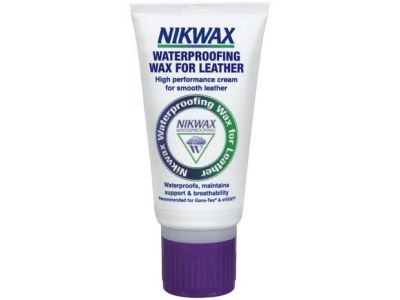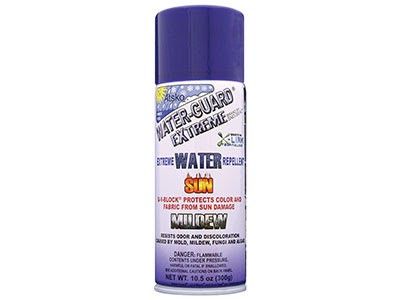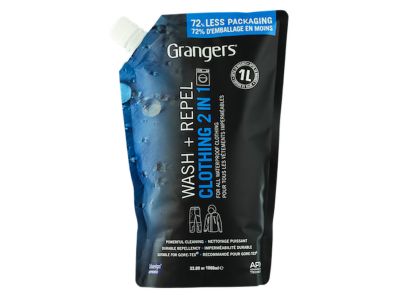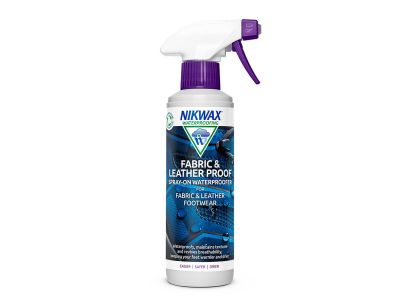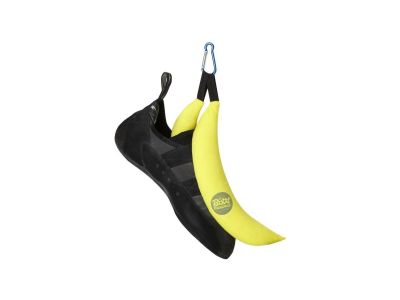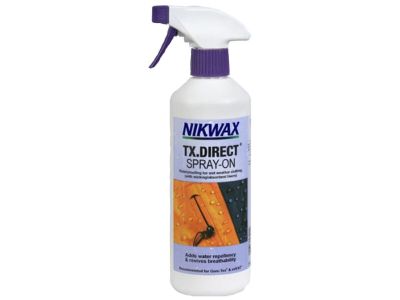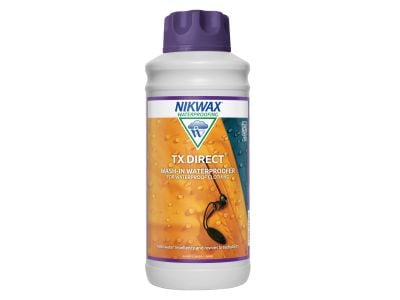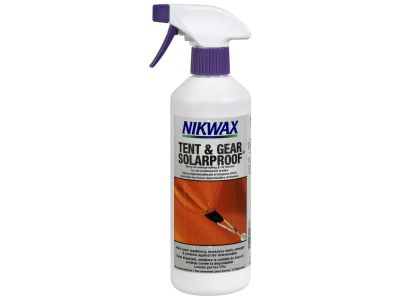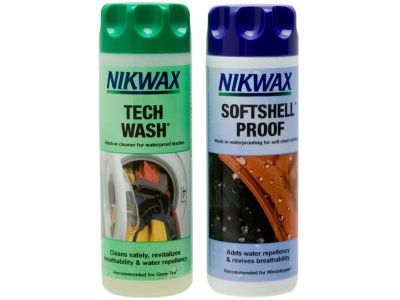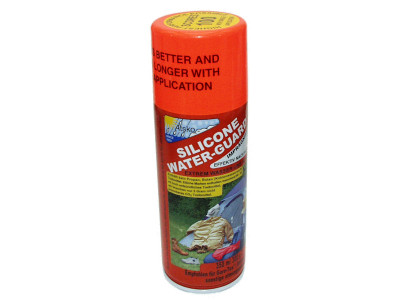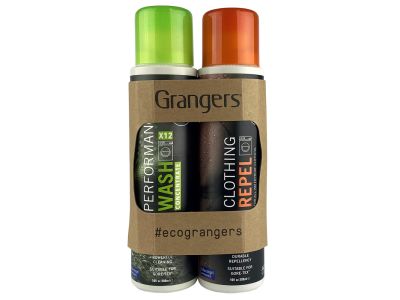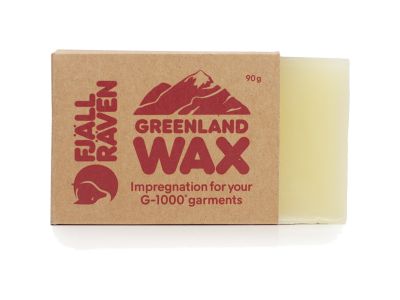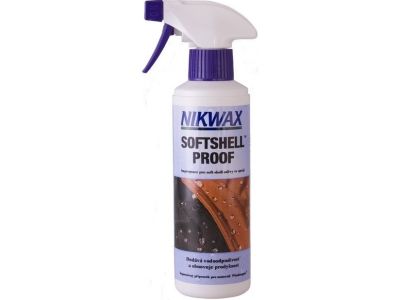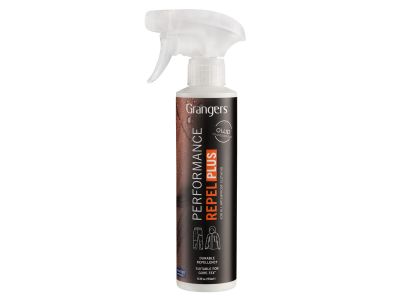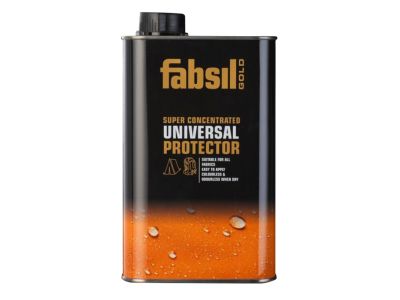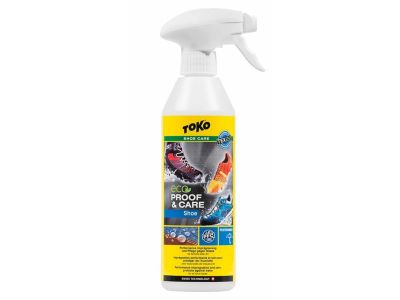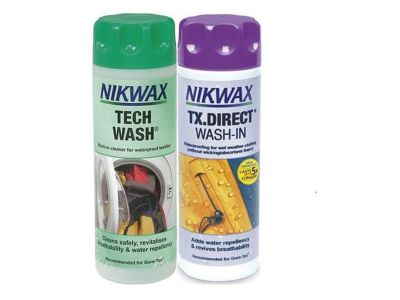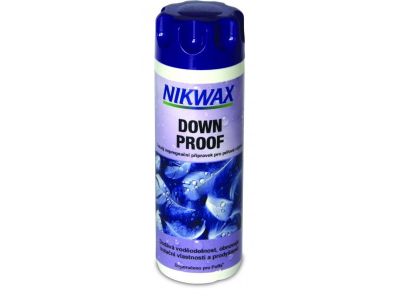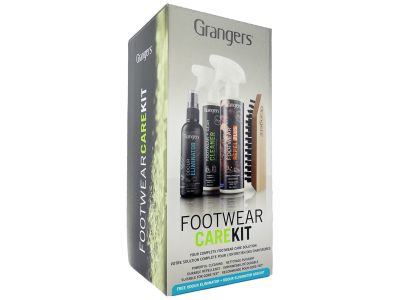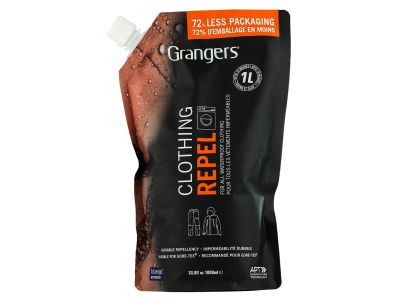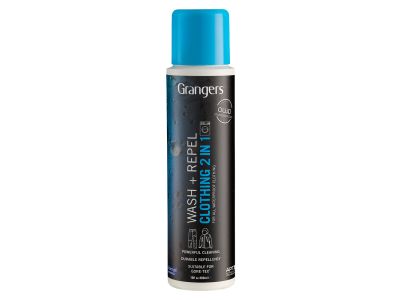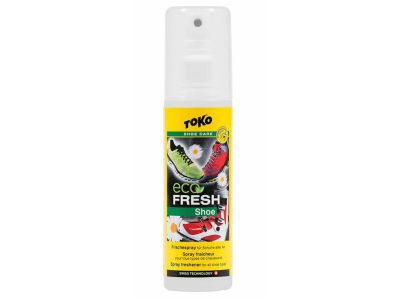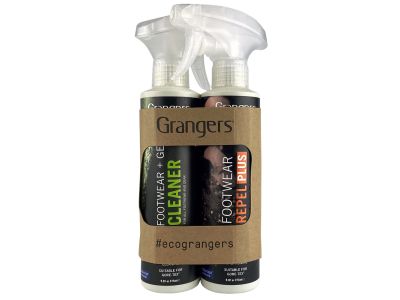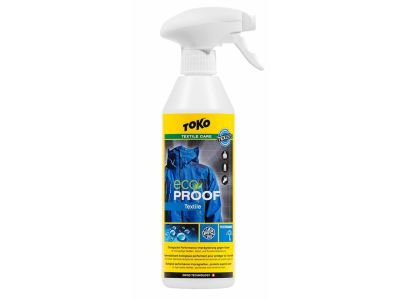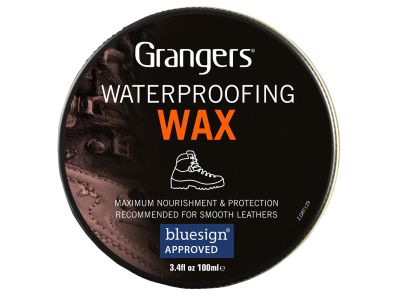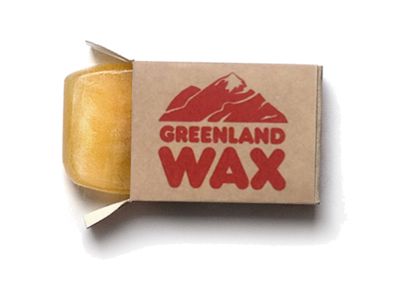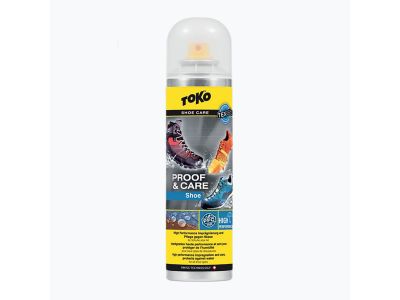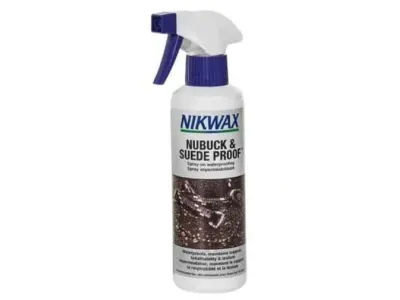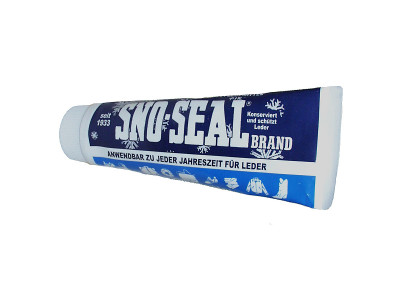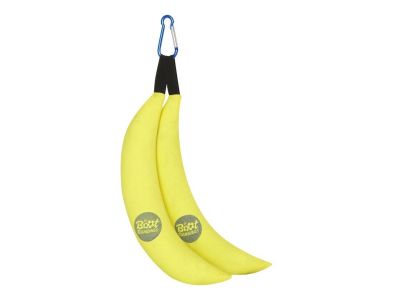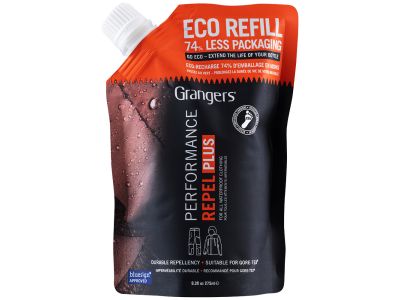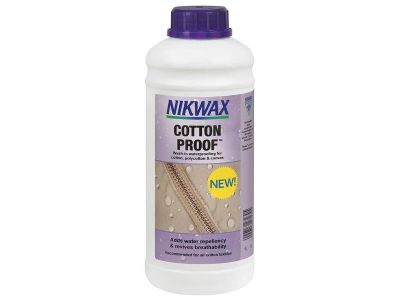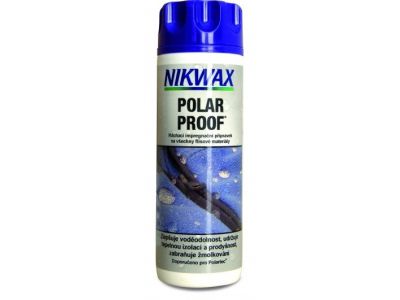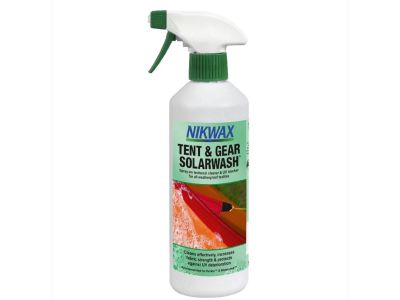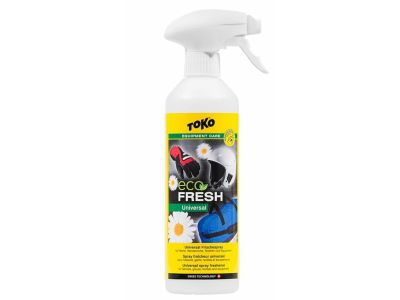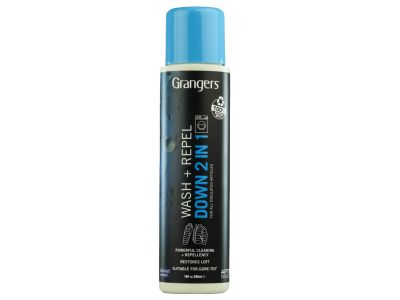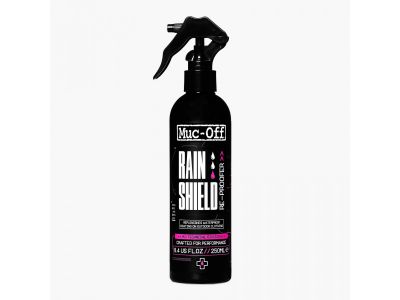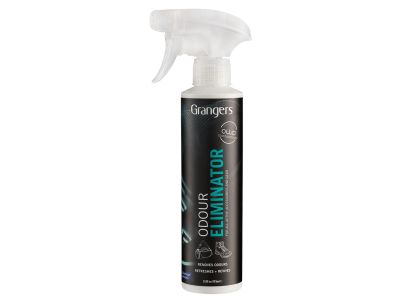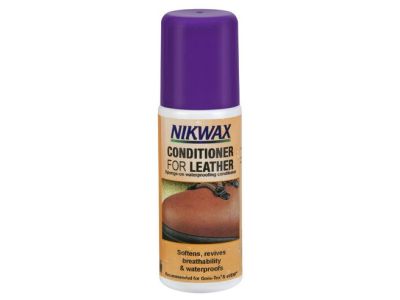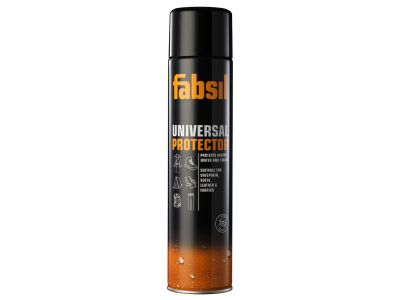Impregnation is the process of applying a protective layer to various materials, including sportswear, to increase their resistance to water and dirt. It helps maintain the performance and durability of the garment, ensuring it remains comfortable and functional even in wet conditions.
What types of impregnation agents are there?
There are several types of sportswear impregnation methods:
- Spray impregnation: This is one of the most common methods. It involves using a spray bottle to apply a water-repellent solution directly to the fabric. The solution is sprayed evenly onto the garment and then allowed to dry completely. Spray impregnation is suitable for a variety of sportswear, including jackets, pants, and shoes.
- Wash impregnation: In this method, a specialized impregnation agent is added to the washing machine during the wash cycle. The garment is washed with the impregnation solution, and during the process, the coating is bonded to the fabric fibres. Wash impregnation is suitable for treating multiple garments at the same time and is commonly used to impregnate outerwear such as jackets and pants.
- Wax impregnation: Wax impregnation is a traditional method used to impregnate certain types of sportswear, such as canvas or leather. It involves applying a wax-based product, such as beeswax or a specialty wax, to the surface of the fabric. The wax is heated and then rubbed into the garment, creating a waterproof barrier. Wax impregnation provides excellent water repellence and can be reapplied as needed.
It is important to note that the effectiveness and durability of impregnation may vary depending on the quality of the product used, the type of fabric and care during washing and drying. It is always recommended to follow the manufacturer's instructions for the specific impregnation product and sportswear to ensure proper application and maintenance.
Can impregnation be harmful?
If used as directed, impregnation is generally not harmful. However, it is essential to follow the manufacturer's instructions and take the necessary safety precautions during the impregnation process.
Most waterproofing products available on the market are designed to be safe for use on fabrics, including sportswear. They are formulated to provide water repellence without causing harm to the user or the environment. However, it is always advisable to check the product’s safety data sheet.
When applying impregnation products, it is recommended to do so in a well-ventilated area to avoid inhaling any fumes or vapours. If using sprays, be sure to avoid contact with eyes or skin and maintain the recommended application distance. It is also important to wash your hands thoroughly after handling impregnation products.
What types of clothing can be impregnated?
Waterproofing can be used on a variety of clothing, including outdoor jackets, pants, shoes, backpacks, tents, and even umbrellas. It is particularly beneficial for clothing that needs to maintain its functionality and performance in humid environments.
How often should I waterproof my clothes?
The frequency of waterproofing depends on factors such as usage, weather conditions and specific care instructions provided by the manufacturer. As a general guideline, it is recommended to reapply the waterproofing treatment when you notice a decrease in water repellence or after several washes.
Can I impregnate all types of fabrics or materials?
Most waterproofing products are suitable for a range of materials, including synthetic fabrics, natural fibres and leather. However, it is important to check the instructions or recommendations provided by the manufacturer to ensure compatibility with your specific equipment or clothing.
